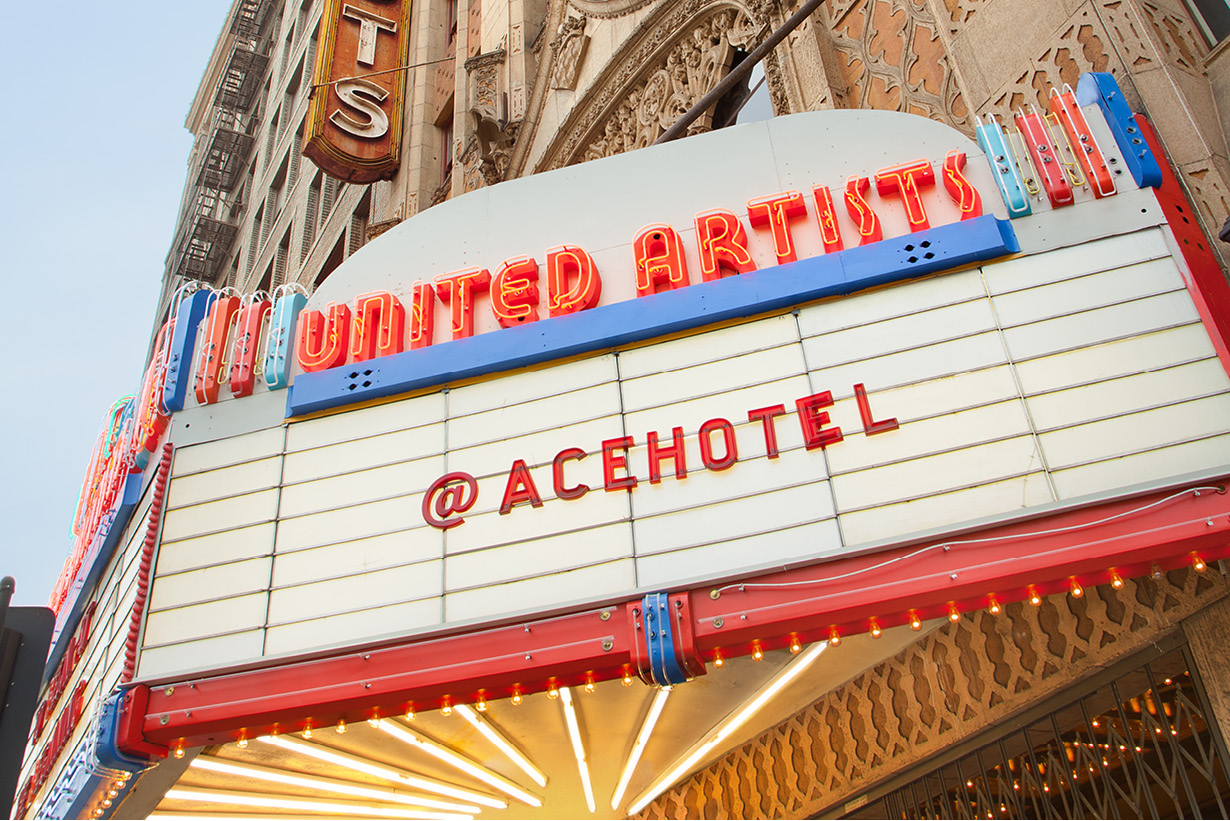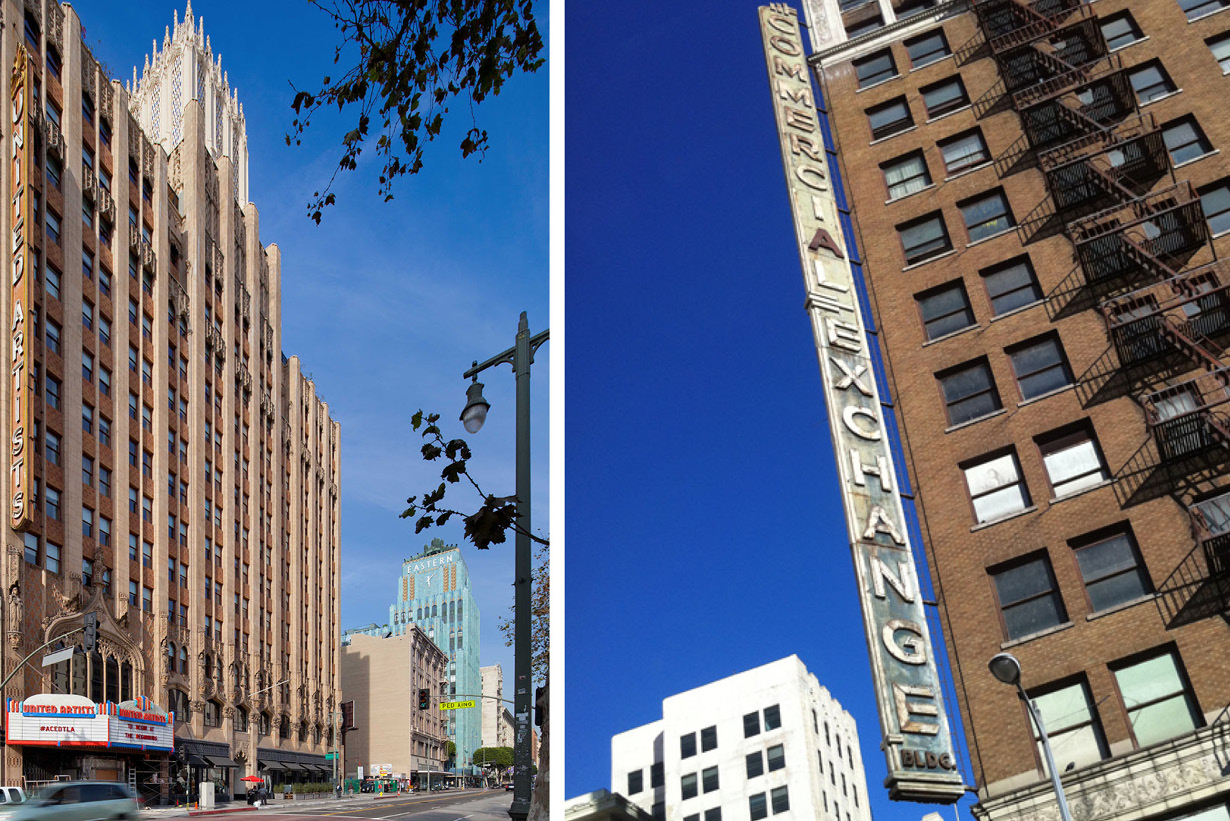KFA principal John Arnold, AIA spoke to LA developer Jon Blanchard of BLVD Hospitality (the Ace Hotel and SoHo House) about trends in design and adaptive reuse, and the future of Downtown LA.
What do you see trending in Downtown LA?
Condos are definitely coming back. People really want to own a piece of Downtown. Millenials, for lack of a better term, want to have everything in their lives be walkable, and Downtown offers this. I think that living car-free in Los Angeles is happening now, and will only get easier in the future. Downtown is going to be it for a long time. LA’s land costs are still significantly cheaper than places like New York, and this is attracting a lot of American and foreign capital to Downtown.
Are there any other areas that are competing with Downtown to be THE walkable urban center of LA County?
I don’t think so. Downtown LA has the infrastructure in place – amenities, grocery stores, restaurants and especially transportation – that gives it an edge over other places like Glendale and Pasadena. Downtown has an ease of connectivity that is less prevalent in other parts of the City. Also, the City is trending pro-growth and making development easier and smoother – LADBS, the Planning Department, and the Mayor have been really stepping up lately to make the process better and quicker. Santa Monica will always have its appeal, especially with the Expo Line opening, but the opportunities for growth are so limited there.
What do you see happening Downtown in the next 10 years?
I see the Convention Center expanding, which will spur more hospitality and retail growth in South Park and south of the historic core all the way to the I-10. I think the industrial areas between the Arts District and the I-10 will continue to be developed as the land there becomes more valuable for residential, creative office, and retail uses, with industrial uses moving south towards Vernon. The one-story warehouses that give the Arts District its character will continue to be turned into galleries, retail, and food and beverage venues. The connection between Downtown and the Arts District will become stronger through Skid Row, which will have a mix of development there that will include housing and services for the less fortunate.
What are some of the more exciting current developments Downtown?
The possible extension of the Red Line into the Arts District would have a huge impact. I think the new Sixth Street bridge is also a big positive, and could help extend opportunities further eastward into Boyle Heights, which I think could become LA’s Williamsburg. There is a lot of real estate activity east of Chinatown towards the river, and extending towards Lincoln Heights. I’m hoping that Downtown will have bike sharing soon like other big cities already have.
Do you see development extending west of the 110?
Yes, towards MacArthur Park especially, and the areas closest to the Convention Center in Pico Union.
What’s happening with city planning policies to preserve the industrial lands by the river and in the Arts District?
I think there is a split at City Hall about that. There are some council members and planners who see that the land closest to Downtown is more valuable for residential, creative office, hospitality, and retail than it is for low-rise industrial, and the potential there for tax revenue. There are some politicians that are still fighting to keep the land industrial, but I think the writing is in on the wall for greater density and non-industrial development.
What’s the future of adaptive reuse?
I think within the next 10 years all the big adaptive reuse opportunities in Downtown will be gone. There will only be small ones remaining for boutique development as the current owners gradually give them up for rehabilitation.
Then what?
Vertical. Downtown will keep going up and up.
Is Type III construction on its way out in Downtown?
I think so. I think once high-rise construction starts penciling out as land costs go up, mid-rise construction will start to become less attractive to developers.
What are your favorite places Downtown?
I know I’m biased, but I think the Ace Hotel is fantastic and has already had a huge impact on the area south of 9th St. As you know, I love Bar Ama [in the Old Bank District], as well as Bestia [in the Arts District]. I’ll give Bottega Louie a special shout out for being a big catalyst on 7th St. I think the Last Remaining Bookstore is an awesome, unique space Downtown – it’s such a cool place.
Do you think LA has a signature design aesthetic that isn’t handed down from New York?
Yes, and it will only become more distinct. There are the typical ideas in LA about light, the great weather, and indoor-outdoor living that drive design more than they do in New York, Chicago and San Francisco. LA is more open, lighter, and friendlier, which is a departure from the darker, more inward-looking design aesthetic of New York. Roof top venues exist in the other cities, but they are at their best in LA. Developers and hospitality operators know that design is competitive and that they aren’t the only cool kids on the block. Everyone is looking for the next big idea beyond what has already been done in New York or down the street. This competition will inevitably lead to fresh design, and a lot of it will be tailored to take advantage of Downtown’s unique assets, including its historic nature. I do see design in LA becoming more formal and sophisticated. LA’s food culture will also continue to advance and be distinctive from other cities.
Speaking of fresh ideas, do you have any development secrets to share?
I’m not going to tell too many secrets, but we are working with our partners on some hospitality concepts that will be truly unique to the market, and driven by Southern California culture. That’s all I have to say.

